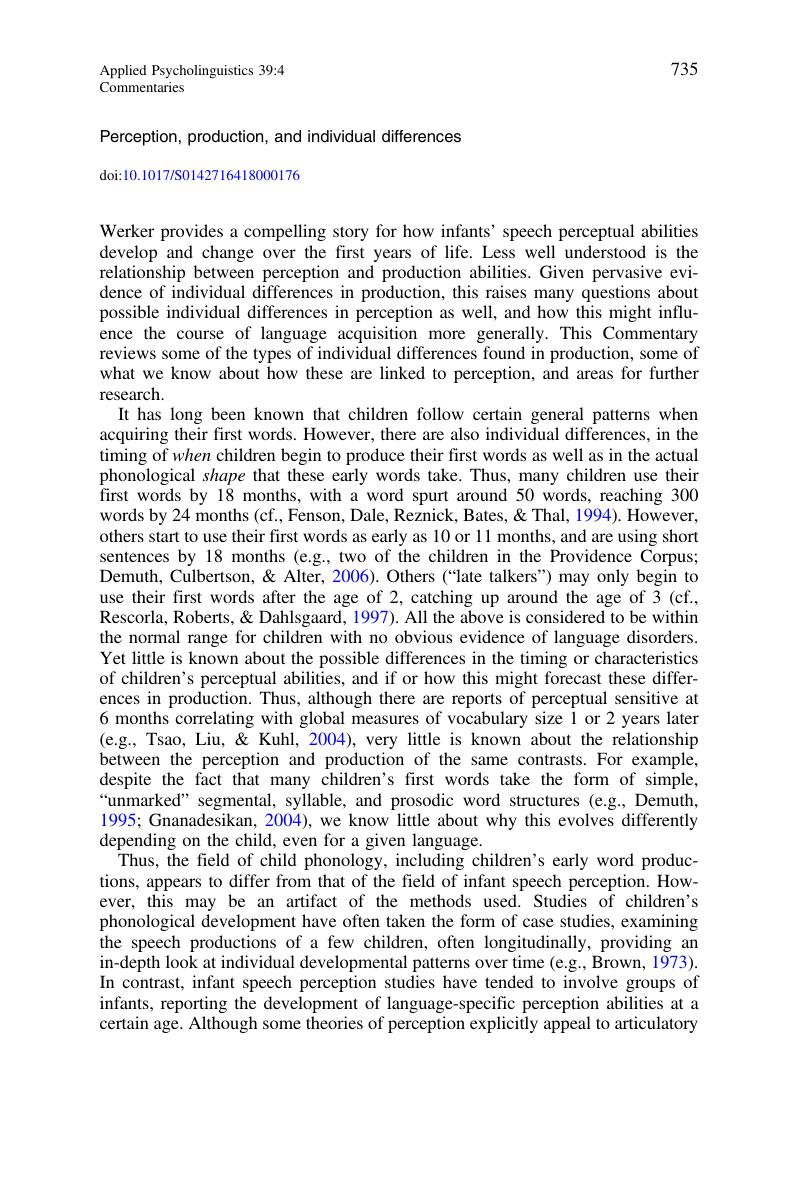Crossref Citations
This article has been cited by the following publications. This list is generated based on data provided by Crossref.
Gabdrakhmanova, Nailia
and
Pilgun, Maria
2021.
Intelligent Control Systems in Urban Planning Conflicts: Social Media Users’ Perception.
Applied Sciences,
Vol. 11,
Issue. 14,
p.
6579.
Gabdrakhmanova, N.
and
Pilgun, M.
2021.
Cognitive systems, artificial neural networks and differential equations: social media data.
Procedia Computer Science,
Vol. 186,
Issue. ,
p.
677.
Kharlamov, Alexander A.
and
Pilgun, Maria
2024.
Data Analytics for Predicting Situational Developments in Smart Cities: Assessing User Perceptions.
Sensors,
Vol. 24,
Issue. 15,
p.
4810.
Kharlamov, Alexander A.
Raskhodchikov, Aleksey N.
and
Pilgun, Maria
2025.
Social media actors: perception and optimization of influence across different types.
Journal of Combinatorial Optimization,
Vol. 49,
Issue. 2,


